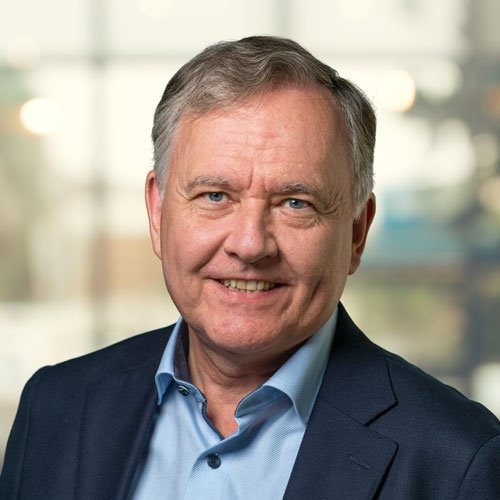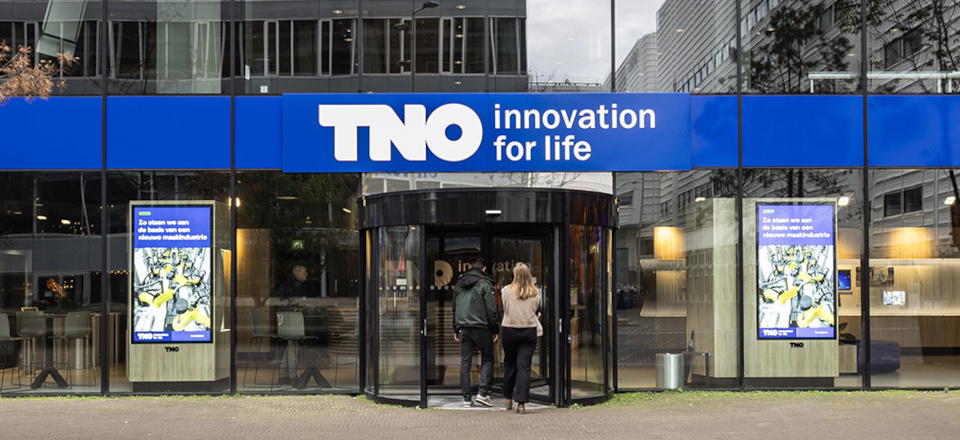You were recently elected as Co-Chair of the Cloud-Edge Working Group of the European Alliance for Industrial Data, Edge and Cloud. In which way is this initiative crucial in the current technological and geopolitical context?
I think the European Alliance for Industrial Data, Edge and Cloud plays a crucial role in creating a stable meeting point for the industry and the European Commission, where we can share our views on the developing technologies and developing markets around Cloud-Edge in Europe. As industry partners in the Alliance we have the opportunity to advise the European Commission on both the larger picture as well as on details that may be important to all of us. There is a lot going on both in the technological domain as well as in the geopolitical arena so this is an important moment for Europe, especially in the digital field of Cloud and Edge.
How do you understand the concept of “European digital sovereignty” and how does it inspire the activities that the Cloud-Edge WG undertakes?
European digital sovereignty is one of the triggers on many interesting discussions in the market. Basically it means that users in Europe want to have better control over their digital environments. This can however be achieved in multiple ways; more transparency is a key instrument in this, more choice of providers and avoiding lock-in effects are other ways. Also non-EU providers are taking steps to offer more digital sovereignty in their services, and then it often comes down to taking a risk-based approach. Are the potential risks around digital sovereignty manageable in relation to the benefits of opting for a very capable non-European provider? The Cloud-Edge WG can undertake activities to promote more transparency, more interoperability and more awareness around the factors that are important for European digital sovereignty. For individual companies there will also be other considerations than for EU Member States and the European Union as a whole, where for the latter digital autonomy, fair markets, technological competitiveness and longer-term dependencies will be key factors. This complex landscape inspires us to guide our stakeholders towards the different enablers needed so that European players can compete and become capable providers in a thriving European digital landscape otherwise dominated by the larger non-European players.
How important is it to foster a model of joint technological innovation for strengthening the global competitiveness of the EU industry?
I think there is no other way than joint technological innovation. In certain domains, like cloud services or AI, the European developments are lagging behind the larger non-EU developments and this can partly be blamed on the fragmented European market and some other deficiencies that were highlighted well in the recent Draghi Report. To stay competitive in the EU we need to target the obstacles that are holding us back, one of which is interoperability on a European scale. Interoperability is nothing you can develop without joint technological innovation. The development of a common reference architecture, of common open standards, and of the technological solutions often based on open source software are all made possible only through joint technological innovation. How to achieve that? That often requires strong incentives, like facilitated collaboration and access to shared funding for research and innovation. In the Netherlands, for example, TNO operates a government-funded Centre of Excellence for Data Sharing and Cloud that provides a whole range of activities aimed at fostering collaboration.
How do you expect the new European highly-distributed, multi-provider cloud infrastructure that projects like the IPCEI-CIS are building will speed up the consolidation of the Edge Computing paradigm?
I think the IPCEI-CIS is a very good example of how much the EU can facilitate collaboration and provide access to shared funding. The Edge Computing paradigm will also be an integral part of the next generation of cloud infrastructure and services where a multi-provider based computing continuum will be working seamlessly across Europe. There is still however the need to do more in order to speed up and consolidate this tendency further; the IPCEI-CIS will contribute of course, but maybe additional IPCEIs might be needed to target areas not covered in the IPCEI-CIS. An important part to discover is also how European telcos can play a role in the digital Edge Computing landscape, and how this role integrates with—and complements—the overarching multi-provider cloud-edge continuum.
Technological challenges aside, what do you think is the main digital policy aspect related to cloud/edge computing that the EU should address in the short-mid term?
We have seen that legislation can be important too; the Data Act serves as a good example where digital policy can contribute to developments in the short/mid-term. However, we also notice that many users and many providers are frustrated and struggling to understand what is going on and what to expect, and when things are happening. They often hear about European projects like IPCEI-CIS, initiatives like Gaia-X, enablers like SIMPL and DOME, and compliance requirements such as EUCS and NIS2. However, they don’t always see the forest through the trees. For those working on digital policies I think a short-term aspect would be to increase awareness of all that is happening and what users and providers can expect. The different roadmaps from our WG could play a role here. A mid-term aspect that might also help is to enable some leading examples, e.g. by having the EU co-funding a pilot project to showcase and demonstrate some of the new developments. There are already a lot of interesting things happening, but we need to make sure that companies in Europe (including SMEs) know about them too.

Björn is a Senior Business Development Manager and a cloud leader working with the 🇳🇱 Centre of Excellence Data Sharing and Cloud at the TNO research organization. With an academic background in electrical engineering, he has developed his career as a Business Developer and gained broad experience, working for both telecom operators (Telia), telecom vendors (Ericsson), and IT services and consulting companies (Atos) before joining TNO in 2008.
This guest blog post is part of a series of interviews with EU industry leaders and technology experts carried out by OpenNebula Systems as part of the NexusForum.EU project [2024–2026], a Coordination & Support Action co-funded by the 🇪🇺 European Union’s Horizon Europe research and innovation programme under Grant Agreement 101135632 and by the 🇨🇭 Swiss State Secretariat for Education, Research, and Innovation (SERI).



0 Comments